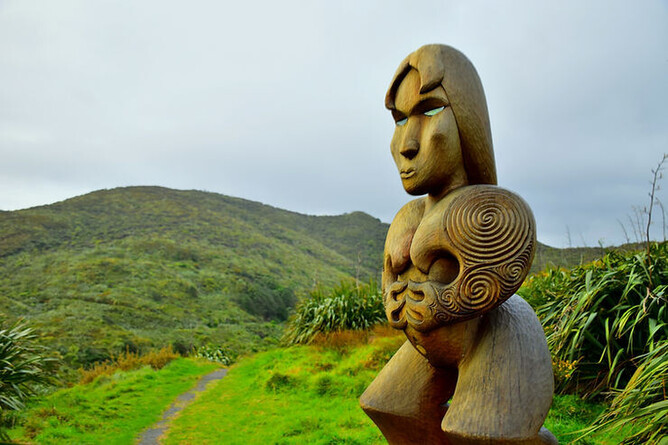Human anatomy is a subject that has fascinated civilizations throughout history. From ancient Egypt to modern Western medicine, the study of the human body has played a vital role in advancing our understanding of health and well-being. However, it is essential to acknowledge that different cultures have unique perspectives on the human body, including the Maori people of Aotearoa (New Zealand). In this blog post, we will explore the Maori perspective on human anatomy, delving into their rich cultural heritage and the profound wisdom it holds.
Te Ao Maori: The Maori Worldview: To understand the Maori perspective on human anatomy, we must first grasp the fundamental principles of Te Ao Maori, the Maori worldview. Central to this worldview is the belief that all things, including humans, are interconnected and interdependent. The concept of whakapapa, or genealogy, is crucial, as it traces a person's lineage back to their ancestors and establishes their place within the wider natural and spiritual realms.
Mauri: The Life Force Within: According to Maori tradition, every living being possesses mauri, the life force that permeates all aspects of existence. Mauri connects individuals to the land, the environment, and other living creatures. It is believed that when mauri is balanced and in harmony, it promotes good health and well-being. The understanding of mauri in the Maori perspective on human anatomy goes beyond physicality and embraces the spiritual essence of life.
Whare Tangata: The House of Humanity: In Maori culture, the human body is seen as a whare tangata, a sacred dwelling place that houses the essence of a person. This perspective views the body holistically, encompassing physical, mental, emotional, and spiritual dimensions. Unlike reductionist approaches, the Maori perspective recognizes the interconnectedness of these aspects and emphasizes the need for balance and harmony within the whare tangata.
Rongoā Māori: Traditional Healing Practices: Within the Maori culture, traditional healing practices known as rongoā Māori have been passed down through generations. These practices acknowledge the deep connection between humans and the natural world, utilizing native plants and spiritual rituals to restore well-being. The understanding of human anatomy in rongoā Māori involves recognizing the body as part of the wider natural ecosystem, with each organ and system playing a unique role within the whole.
Tapu and Noa: Sacredness and Normalcy: The concepts of tapu and noa further contribute to the Maori perspective on human anatomy. Tapu refers to the sacredness and restrictions surrounding certain aspects of life, while noa represents normalcy and everyday activities. These concepts guide Maori communities in understanding how to care for their bodies and maintain balance within the physical and spiritual realms.
The Maori perspective on human anatomy provides us with a valuable alternative lens through which to view the complexities of the human body. It offers a holistic understanding that incorporates physical, spiritual, and cultural dimensions, fostering a deeper appreciation for the interconnectedness of all aspects of life. Embracing the Maori perspective encourages us to broaden our understanding of human anatomy beyond Western scientific approaches and recognize the wisdom embedded in diverse cultural traditions. By doing so, we gain a richer and more nuanced comprehension of the incredible human form and the intricate web of life in which it exists.


